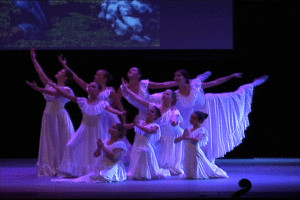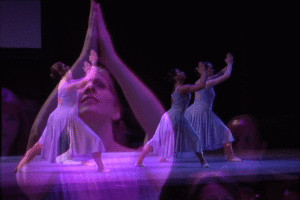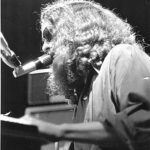Dance and movement have long been powerful forms of expression, and when combined with the timeless wisdom of the Bible, they create a unique avenue for worship and ministry. Scripture choreography offers an accessible and impactful way to engage both seasoned and novice dancers in expressing their faith. This method not only highlights meaningful scripture verses but also brings them to life through movement, captivating both participants and observers alike. It’s a dynamic approach to embodied faith that resonates deeply.
For years, incorporating a focused scripture verse into dance rehearsals has proven to be incredibly enriching. The beauty of scripture choreography lies in its spontaneous creativity and accessibility. Groups, regardless of their dance experience, can quickly find success and joy in expressing scripture through movement. The process is consistently inspiring, revealing the innate creativity that emerges when faith is embodied. Let’s explore a structured approach to creating your own scripture choreography.
To begin, it’s important to establish a foundation, especially when working with diverse groups. Start with a simple worship warm-up that introduces the concept of praise poses. These are static, statue-like shapes that visually represent worship using actions explicitly mentioned in the Bible. Words such as “bow,” “kneel,” and “lift hands” are excellent starting points. The Bible itself provides ample verses to inspire these poses:
- “Come, let us bow down in worship, let us kneel before the LORD our Maker” (Psalm 95:6)
- “Lift up your hands in the sanctuary and praise the LORD” (Psalm 134:2)
- “May my prayer be set before you like incense; may the lifting up of my hands be like the evening sacrifice” (Psalm 141:2)
Engage your group by asking them to share scriptures they know that include movement words. Experiment with embodying these verses, allowing participants to physically interpret and explore the connection between scripture and motion. As understanding deepens, pose the question: “Are we limited to only using movement words directly from scripture, or can we create our own movements that still honor God in worship?” This encourages the idea that while literal interpretations are powerful, original, worshipful poses are equally valid as expressions of faith. Christians are encouraged to worship using both direct scriptural movements and personally reflective poses that glorify God.
Introducing fundamental choreography principles, such as time, space, force, and body, enriches the creative process. A simple way to start is by discussing levels in dance. Ask questions like, “Can we create a worship pose at a low level, medium level, or is it necessary to always stand tall to worship God through movement?” This exercise often dispels preconceived notions and opens up creative possibilities. Challenge individuals to create four distinct worship poses, incorporating at least two poses at the same level, across low, medium, and high levels. Observing individuals explore and enjoy this creative freedom is particularly rewarding.
Direction is another key element to explore. Discuss whether worship poses must always face the audience or if varying directions can enhance expression. The answer, of course, is that diverse facings—front, back, side, angles—add depth and dynamism. Have the group revisit their four praise poses, now experimenting with different levels and directions. This builds confidence and expands their movement vocabulary.
With these foundational elements covered, the group is ready to choreograph a specific scripture. Gather in a circle and explain that the choreography will evolve organically through shared ideas. Select a scripture verse and break it down into smaller sections—phrases or clauses. For example, consider Acts 17:28: “In him we live and move and have our being.” Divide it into:
- ‘In him we live’
- ‘And move’
- ‘And have our being’
For each section, the first person to suggest a movement becomes the choreographer for that part. Everyone then learns and refines that movement phrase. Finally, combine the individual sections into a seamless flow, rehearsing and polishing the complete scripture choreography. It’s beneficial to recite the scripture verse before and during the movement, allowing the words to guide and enhance the embodied expression. Consider varying facings and directions throughout the choreography to add visual interest and depth. The collaborative and creative choices made by the group often yield remarkable and deeply personal interpretations of scripture.
Scripture choreography offers a powerful tool for visually representing embodied faith in various settings, from sermons to worship services. It’s an engaging way to make the Word of God come alive through movement, fostering a deeper understanding and connection to biblical truths for both participants and observers. Embrace this approach and discover the joy of expressing Dance Scriptures In The Bible within your community.



